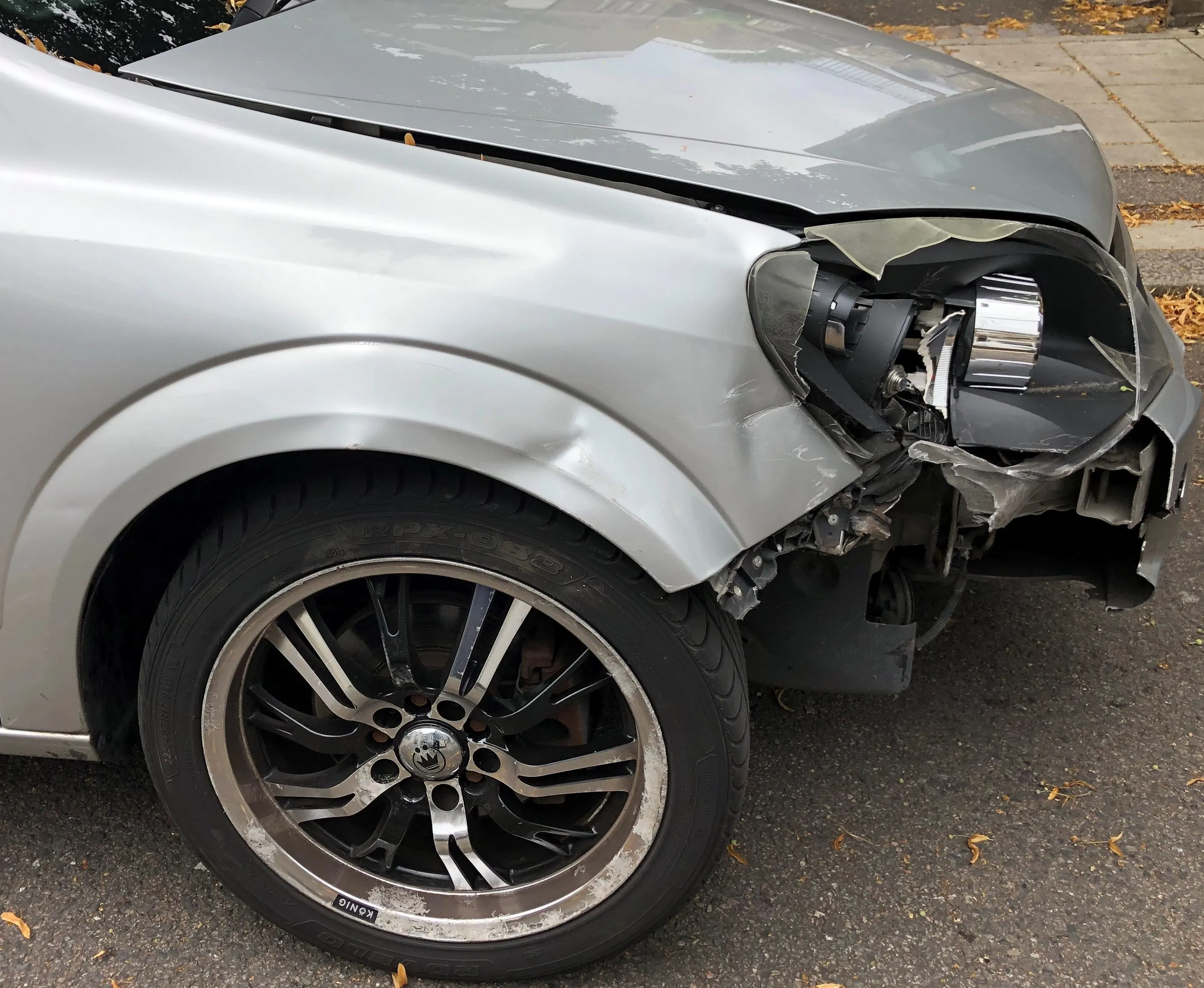Europe is seeing an improvement in road safety, but at a slower rate than hoped for. Official data shows that 25,250 people were killed in road crashes in the EU during 2017, a 2% drop from the figure recorded for 2016. Furthermore, road deaths have dropped just 3% in the last four years in the EU, with casualty reduction targets not being met.
There are 32 countries listed in the PIN programme intended to cut road deaths and 22 of these nations did record improvements in road safety. Estonia managed to lower road deaths by a staggering 32% while Luxembourg saw a 22% drop, Norway managed to cut road deaths by 21% and Slovenia by 20%. But Slovakia and Lithuania saw no improvement and worse still, road death rates actually increased in eight countries.
Although road deaths have been lowered across the EU since 2010, the safety gains are still a long way short of the targets aimed for. The plan has been to reduce road deaths by 50% in the period between 2010 and 2020 and at the present rate of safety improvement, this target will not be achieved. So far an annual average road death reduction of 3.1% has been achieved, far short of the 6.7% average that would be required to deliver the target for 2020.
Stronger measures will now have to be introduced to help deliver the safety gains aimed for. Much tougher enforcement of issues such as driving under the influence, speeding and increasingly, distracted driving, have all been identified as being crucial. In addition, a much greater understanding of the dangers of distracted driving has to be spread amongst Europe’s drivers.
The European Commission has published a Strategic Action Plan on Road Safety, with the long-term target of reducing road deaths as well as serious injuries from road crashes by 2030 by a figure of 50%.
The Strategic Action Plan on Road Safety came as part of a large package of transport policy proposals known as the ‘Third Mobility Package’. This package also includes tougher safety standards for vehicles, improvements to the rules governing road infrastructure and plans for the introduction of autonomous driving systems.
Road safety’s slow gain in Europe
Europe is seeing an improvement in road safety, but at a slower rate than hoped for. Official data shows that 25,250 people were killed in road crashes in the EU during 2017, a 2% drop from the figure recorded for 2016. Furthermore, road deaths have dropped just 3% in the last four years in the EU, with casualty reduction targets not being met. There are 32 countries listed in the PIN programme intended to cut road deaths and 22 of these nations did record improvements in road safety. Estonia managed to
June 27, 2018
Read time: 2 mins







